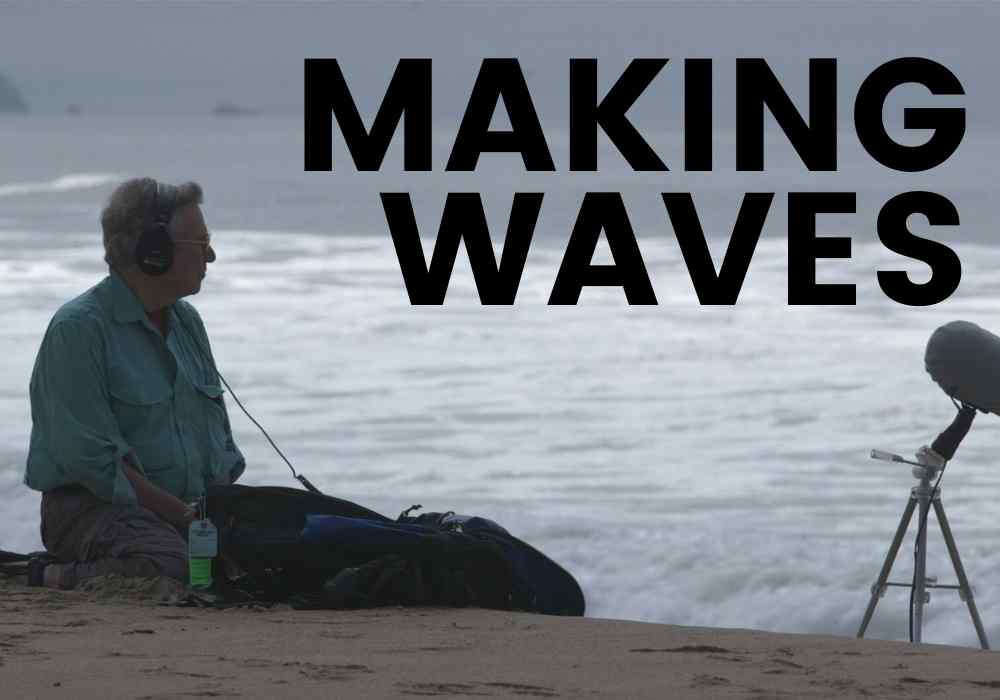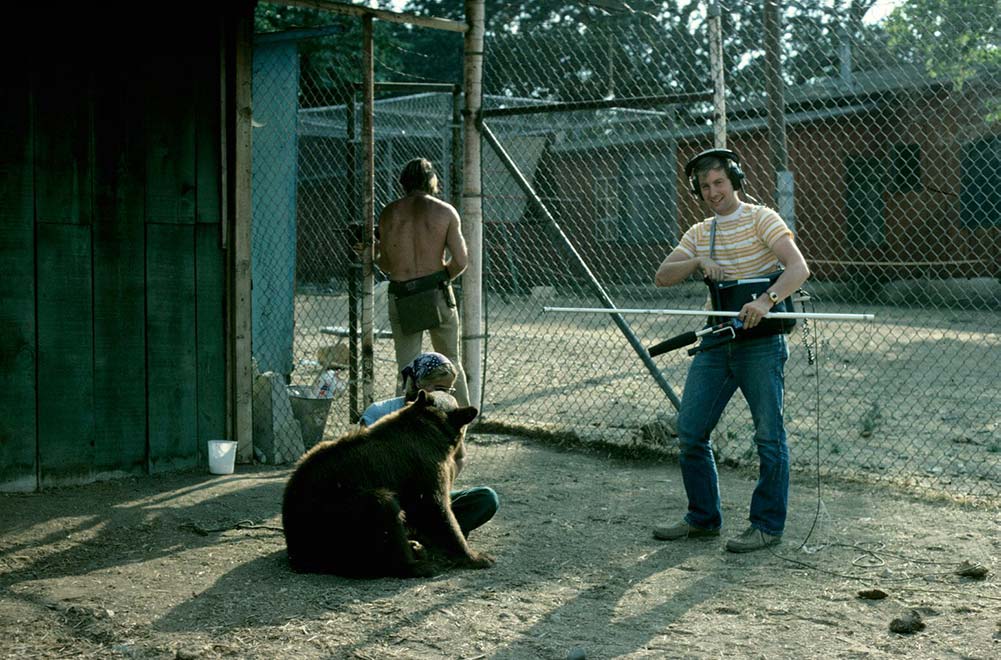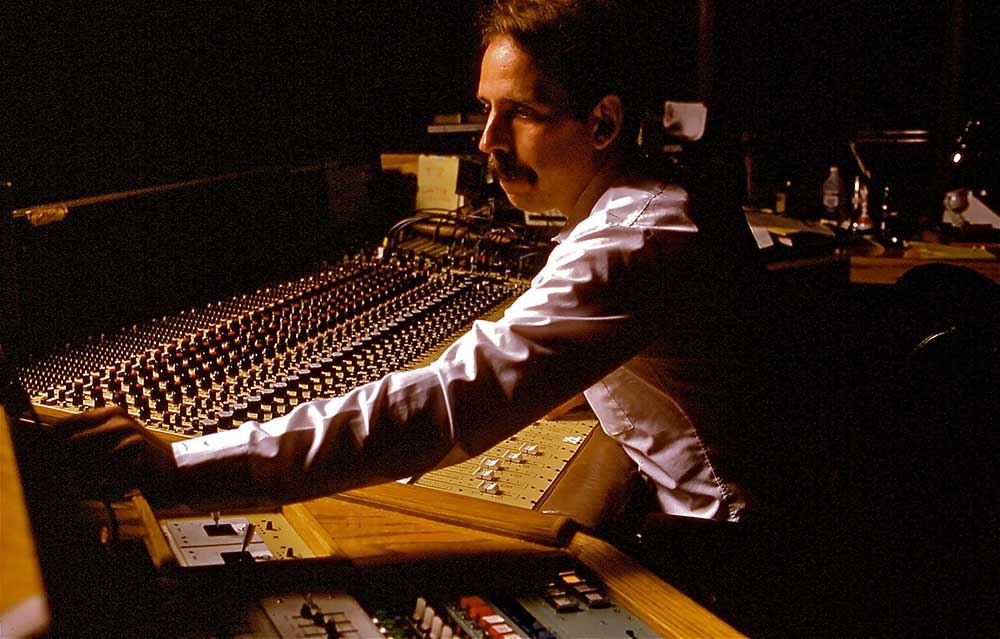Making Waves: The Art of Cinematic Sound is a fascinating introduction to the history of sound design in film. As a publication that has passionately discussed great sound design for years, we’re excited to recommend such an apt introduction the topic.

In 2012, Christopher Kenneally’s documentary Side by Side (2012) explored digital film creation, and how it affects all aspects of filmmaking — from the shoot to the edit — through interviews with filmmakers who have both embraced and rejected these innovations. It transformed how I thought about filmmaking and why digital cinematography was so exciting. With Making Waves, Midge Costin does something similar for sound in cinema, charting its history and innovations, many of which were tied to major sci-fi blockbusters. It also provides amazing insights into how technological change happens.
At Seventh Row, we’ve been dedicated to exploring sound on film. Our interviews with filmmakers usually touch on sound, if they don’t completely focus on it, as in our interview with Apollo 11 (2019) director Todd Douglas Miller, Aquarius (2016) director Kleber Mendonça Filho, and The Guilty (2018) director Gustav Möller. In two of our ebooks, we also interviewed sound designers: Paul Davies in You Were Never Really Here: A Special Issue and Jovan Ajder in Tour of Memories: The Creative Process Behind Joanna Hogg’s The Souvenir. With that in mind, the importance of sound was less of a revelation to me, personally, but the history of it and how it has changed, was utterly fascinating.

Making Waves is full of fascinating stories about how sound design on film became an art rather than an afterthought. In the early days of cinema, studios had a library of sounds that were slapped onto every film; the lazy approaches to sound that puts birds from Australia in films set in Japan that still happens today has its roots in this practice. Up until the 1950s, the emphasis was on score rather than sound effects. Still, I couldn’t believe that in the 1970s, cinemas were still equipped with only mono sound — the same technology since the dawn of the talkies — while stereo sound was becoming the norm for home music listening. That didn’t change until Star Wars (1977).
As with so many innovations, the ideas came from outside the film industry. Orson Welles’ attention to sound in Citizen Kane (1941) had its roots in his earlier career in radio; indeed, when he performed a radio drama adaptation of War of the Worlds in 1938, it sounded so real that people thought it was non-fiction. In Citizen Kane, Welles paid great attention to the acoustics of every space in the film. “You can use very refined elements of reverberation to help you tell your story,” explained sound designer Walter Murch. Dolby made stereos for home listening before they got into the movie business, and the techniques they used to record music got imported into the film industry.

According to Making Waves, what we think of as modern sound design was the brainchild of a small group of directors, among them George Lucas and Francis Ford Coppola, their sound designer Walter Murch, and the sound technicians who learned from him — and then became sound designers in their own right. Their base? San Francisco, that hub of innovation.
Where Side by Side featured many contemporary directors with often opposing views, Making Waves has a fairly uncontested narrative: the great innovations from the 1970s-1990s by Walter Murch and his crew changed cinema, and the film only briefly explores its legacies today. It’s also much more interested in the sound of big movies than the way sound is subtly used in small, intimate films, where you might assume sound is not a factor. As a film more about history than about the art of sound, that’s a fine and deliberate choice, if a bit disappointing. Still, any documentary that can get audiences to become aware of how important sound is and awaken people’s ears — whether you’re new to thinking about sound or a veteran — is certainly worth a watch.

